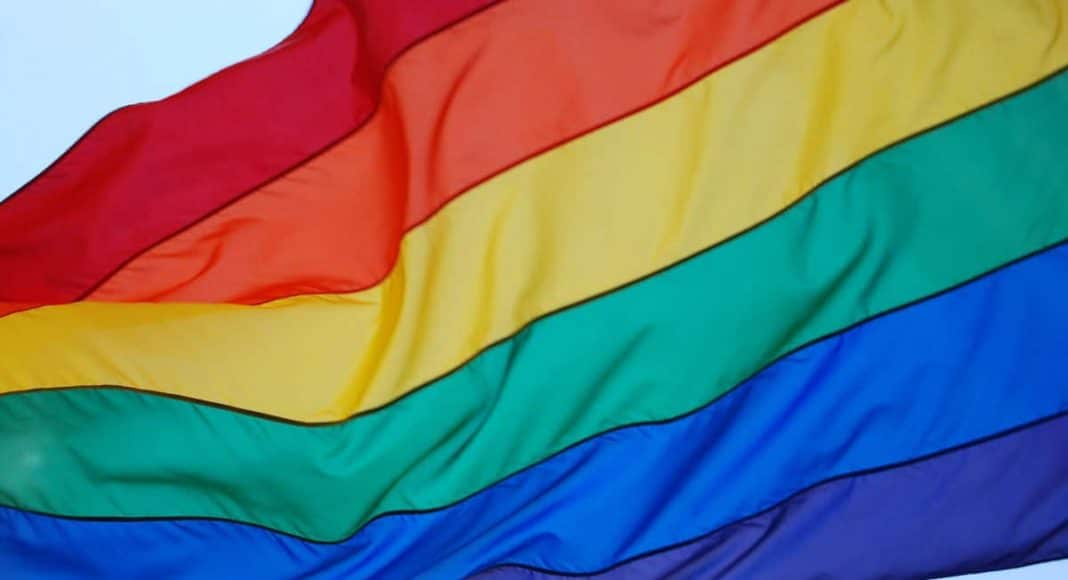Happy Pride month! Today’s 30-day celebration and commemoration of LGBTQ culture is here, in full swing. The history of this month is rich and multi-layered. Here are a few fast facts about pride history that you can share with your friends on the way to the parade.
In Memory Of Stonewall
Most people who’ve heard of Pride Month also know about the event that sparked it: The Stonewall Riots. Named for the Stonewall Inn, a gay bar in the Greenwich Village section of New York City where the riots took place, response to this violent and spontaneous raid on the gay community by the police started it all:
In the early morning hours of Saturday, June 28, 1969, nine policemen entered the Stonewall Inn, arrested the employees for selling alcohol without a license, roughed up many of its patrons, cleared the bar, and—in accordance with a New York criminal statute that authorized the arrest of anyone not wearing at least three articles of gender-appropriate clothing—took several people into custody. It was the third such raid on Greenwich Village gay bars in a short period.
-
Related Story: The Village People’s Randy Jones Speaks On Gay Marriage
Surprisingly Somber
The first “pride parade” a year later, on June 28, 1970, wasn’t as glitter-glamorous as they are today. An amazing first-person account of the first gay pride march in Manhattan takes you up Sixth Avenue, as Fred Sargeant writes at the Village Voice:
I was astonished; we stretched out as far as I could see, thousands of us. There were no floats, no music, no boys in briefs. The cops turned their backs on us to convey their disdain, but the masses of people kept carrying signs and banners, chanting and waving to surprised onlookers.
The First Chant
Writing about the laborious process of agreeing upon details of the march, Sargeant says:
Even the question of a chant was endlessly discussed—the winner: “Say it clear, say it loud. Gay is good, gay is proud.” Craig and police brass worked out a glitch over permits for the parade and the post-parade “Gay-In” in Central Park’s Sheep Meadow only moments before the events began.
The ‘Mother of Pride’
A bisexual woman, Brenda Howard, was the driving organizational force behind the first march. “You needed some kind of help organizing some type of protest or something in social justice?” Howard’s partner, Larry Nelson, told The Advocate. “All you had to do was call her and she’ll just say when and where.”
A Flag Of Many (More) Colors
The first pride flag was a rainbow that contained more colors than we see displayed today. Each color had its own meaning. Learn more about the history of the flag, here.


